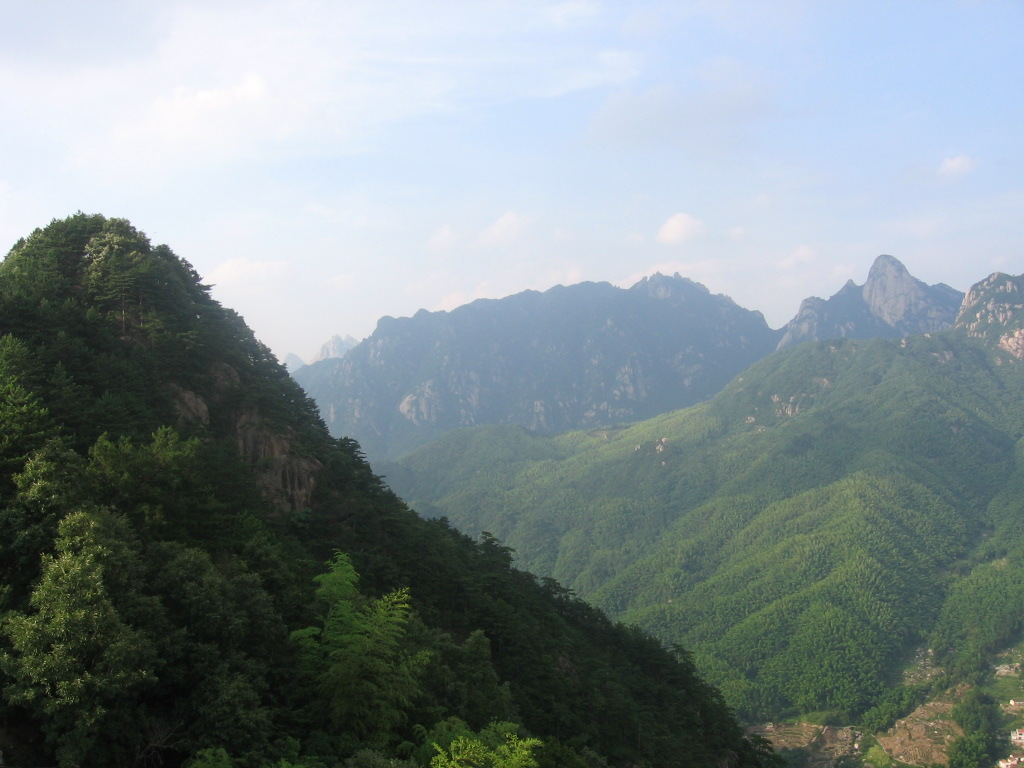The paintings of John Singer Sargent exhibited in the Metropolitan Museum of Art (NY) in summer 2000 and later sites included “The Hermit,” painted by Sargent in Italy in 1908 and with the added title “Il Solitario.” An image of the painting can be viewed at the John Singer Sargent Virtual Gallery http://www.jssgallery.org/Thumbnails/Sargent_Paintings1908.htm.
Connecticut hermit
A short Web page (from a local newspaper’s collection of postcards) about George Washington Gilbert, the so-called “Hermit of Ridgefield” in Connecticut, who died in 1924. URL: http://www.acorn-online.com/pc/hermit.htm.
San Bruno Mt. hermit
The San Bruno mountain near San Francisco was home to Dwight Taylor, a hermit, through 1987. The first URL describes him through the eyes of another frequenter of the mountain. The second URL describes his eviction from the mountain after ten years’ residence. Dwight remarked, “I’m a hermit because some people were just born to be hermits.” He reflected philosophically upon his eviction by authorities that he was getting too many visitors on the mountain anyway and that now he could search out a place of great solitude.
URL1: http://www.mountainwatch.org/mountainwire/herstory/besh/#dwight
URL2: http://www.mountainwatch.org/mountainwire/herstory/19870516.htm
Thanks to a friend of Hermitary for submitting this information.
Fellowship Charitos
According to the Web site, Fellowship Charitos is “a non-profit corporation that supports the religious vocations of Hermits, Anchorites, Religious Solitaries, and others who follow the eremetic lifestyle.” The organization is run by Sister Molly, an Episcopal nun located in Utah. A free newsletter is available, with a donation for cost encouraged, and a forum on Yahoo Groups is maintained. URL: http://www.fellowshipcharitos.com.
Ohio hermit
“Uncle Jimmy” was a nineteenth-century hermit on Ballast Island, one of the Lake Erie islands of Ohio. This summary dates from 1898. URL: http://www.middlebass.org/Uncle_Jimmy.shtml.
